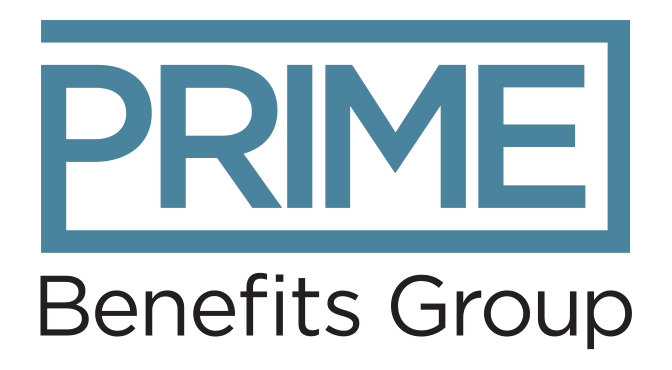- Have a question?
- 613-89-Prime (77463)
- 1-866-950-3667
- info@primebenefitsgroup.com
How to Encourage Employees to Take Vacation Time


As the calendar turns to January, a subtle yet significant shift is happening in the workplace. It’s the time of year when the slate is wiped clean, and employees are granted a fresh allocation of paid time off (PTO) for the new year. Beyond traditional New Year’s resolutions, this moment marks an opportunity for team members to think about the upcoming months and strategically plan their well-deserved breaks and vacations.
The Power of PTO
A well-rested team is a more productive and engaged team. Research shows that taking regular breaks and vacations from work is critical for maintaining our mental and physical health. PTO enables employees to recharge, reduce stress, and prevent burnout. This can lead to higher overall job satisfaction and help employees return to work with renewed focus, creativity, and energy.
Taking vacation time is essential to employee health and survival. One study showed that those who took more yearly vacations were less likely to die from any cause, including heart attacks and other cardiovascular problems. The World Health Organization (WHO) found that 745,000 people died in 2016 from heart disease and stroke due to long hours and the COVID-19 pandemic could contribute to worsening the trend. Working 55 hours or more a week was associated with a 35% higher risk of stroke and a 17% higher risk of dying from heart disease.
Leaving Time on the Table
In the modern workforce, long hours and constant availability are often seen as badges of honour. In spite of the many benefits that come with taking vacation time, employees might start thinking that taking any breaks is a sign of weakness or a lack of commitment. This expectation to always be ‘on’ creates a reluctance to disconnect, even during designated time off.
Concerns about job security can also prevent employees from using all of their vacation time. In competitive industries, the fear of being overlooked or seen as less committed is not uncommon. Uncertainty about how vacations align with workplace culture can add to these concerns, and might prevent employees from using their entitled vacation days, leading to stress and burnout.
In today’s fast-paced work environments, constant productivity is expected, and stepping away – even briefly – could lead to a backlog of work. In workplaces where being busy is celebrated, it’s no surprise recent studies reveal a concerning trend: a significant portion of employees are leaving their vacation time untouched. In Canada, an average of three in ten (29%) workers took all of their allotted vacation time in 2022, and 17% admit having taken none. In the past 12 months, only 38% of U.S. workers have taken a vacation. According to another survey, since March of 2020, an overwhelming majority of employees have shortened, postponed or cancelled their vacation time.
Promoting the Use of PTO
Overworked and stressed employees are more likely to burn out. This impacts individuals and can harm the overall vibe of the workplace. Leaders need to recognize that vacation levels are falling below pre-pandemic levels, and should take the lead by openly prioritizing vacations, making it clear that taking time off is acceptable and encouraged. Companies should talk openly about the importance of work-life balance, and offer resources and tools to help employees plan their time off without stress.
While many employees are leaving time on the table, more than half (57%) of Canadian workers say they don’t get enough. PTO is more than just a company benefit – it’s a strategy to improve productivity and create a workplace that values well-being. When businesses provide PTO, it’s not just about offering days off, it signals they care about work-life balance.
Carefully evaluate your current PTO offerings to ensure they align with the well-being goals of your workforce. Think about the minimum number of vacation days as not only a policy, but an investment in your team’s productivity and satisfaction. While the three-week standard might be the norm, ask whether it truly fits your company’s culture and the evolving expectations of employees. Some organizations are choosing to embrace unlimited vacation policies with an eye to emphasize a culture of responsibility and results over hours clocked, In fact, employees with unlimited vacation time report much higher levels of engagement, job commitment, and productivity.
Contact us so we can work together to create strategies that work best for you and your team.
Suggested Reading
The Importance of Vacation in the Workplace